Conventional wisdom might seem to suggest that EVs have come unplugged, with traditional automakers such as Ford Motor Co. and Volkswagen AG pulling back on their plans to go all-electric. But don’t tell that to the folks in Norway. As contributing editor Joe Szczesny discovered during a visit this week, you’ll have to look hard to find a new vehicle drawing power from a tank of gasoline.
For EV proponents Norway is a sort of Valhalla. The transition from internal combustion to battery-electric vehicles has happened at a pace few might have imagined just a few years ago, 97% of the new vehicles sold in Norway during August were BEVs and EV makers. And that has changed the fundamental nature of the market.
Traditional stalwarts, such as Ford, VW and Citroen, grapple with upstarts such as Tesla, Lucid and Polestar, as well rising Chinese brands like BYD and Nio.
There is an irony to the rise of Norway’s EV market. It has been buoyed by generous subsidies funded by the country’s role in the global oil industry. Norway boastsmassive North Sea oil reserves that have transformed a once-poor nation into one of the wealthiest in Europe.
EV start-ups expand their presence
In Oslo, EV start-ups have established a high visibility.
Lucid, Polestar and Nio now have elaborate showrooms along Karl Johans gate, the main street in the heart of the Norwegian capitol. It serves as a posh shopping area a short distance from landmarks such as the Royal Palace, the Parliament Building and Oslo City Hall where the ceremony honoring the recipient of the Nobel Peac Prize is held rather than Stockholm.
As EV sales have steadily risen across Norway in the past five years with the help of generous tax incentives subsidized by the profits from Norway’s huge oil reserves, Tesla has emerged, not surprisingly as the country’s most popular brand.
Tesla dominates. For now
Tesla was the first brand to deliver truly competitive EVs to Norwegian buyers. And it still has an edge over the growing list of rivals.
Tesla topped Norway’s car sales for a third straight year in 2023, extending its lead over rivals despite an ongoing conflict between the US electric vehicle maker and the Nordic region’s powerful labor unions.
Almost five out of six new cars sold in Norway last year were powered by battery only, with Tesla’s share of the overall market rising to 20% from 12.2 per cent, according to registration data from last year.
But Tesla’s preeminence is starting to slip as newer models crowd into the Norwegian market, according to Morten Salbu, who manages three Polestar store in and around Oslo, including a new one on a busy cross street off Karl Johans.
More EV News
- First Drive: Polestar 3
- Toyota Has New Name for Prius Prime Plug-In Hybrid
- Musk’s Political Shift May be Crashing Tesla Sales
The competition heats up
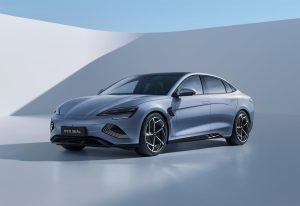
As it has done in the rest of Europe, BYD is gaining traction in Norway by emphasizing low prices for products like this Seal EV.
“There is real competition,” said Salbu, adding he is supposed to have six vehicles for test drives, but has only two available now because of the strong demand. Customers are drawn to Polestar by Nordic roots since it is a spin-off maintaining strong ties to Volvo in neighboring Sweden — with which Norway has a long, shared history.
Lucid, on the other hand, emphasizes the brand’s “All American” roots noting the vehicles are “designed in California” and made in America. “We do have a waiting list,” said Synne Fyrand, a studio advisor in the Lucid store on Karl Johans, noting Lucid first opened in Oslo last year.
As is the case in much of Europe, Chinese automakers have made an aggressive entry into the Norwegian market. And their typically rock-bottom pricing has helped gain buyers. While leader BYD has set up shop in Oslo’s suburbs, another Chinese company, Nio, has built an elegant café in the center of the city to augment its showroom on Karl Johans. The Nio café draws a steady stream of customers looking for coffee, as well as visitors, checking out the vehicles on display.
Figures show dominance of EVs
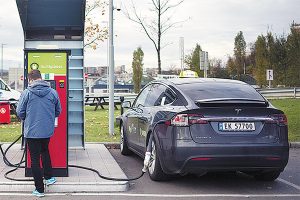
Norway has boosted EV sales by offering lucrative incentives – and setting up a large network of public chargers.
European EV sales took a sharp and largely unexpected 43.9% tumble in August, according to the European Automobile Manufacturers’ Association (ACEA). By comparison, overall new car sales were down a relatively more modest 18.3%. The downturn varied by market, German EV demand tumbling 68.8%, while it was off 33.1% in France.
It was an entirely different story in Norway where EVs continued gaining traction. They collectively accounted for 94.3% of the market last month, an all-time record.
That was up from 82.4% of new vehicles sold in 2023, and 79.3% in 2022, the Norwegian Road Federation said.
Keeping EV demand charged up
Norway has certain advantages as it makes the transition to EVs. For one thing it had no legacy automotive industry to protect so was open to imports, and the country’s population is environmentally minded and keenly aware climate change even as the Norway remains a major exporter of fossil fuels, such as oil and gas to the rest of Europe.
Additionally, Norway’s economy was long dependent on fishing, and it has a long tradition of outdoors sports including hiking, and cross-country skiing. With much of the population located in cities like Oslo and Bergen, one of the challenges was making sure there would be places for EV owners to plug in elsewhere.
McKinsey & Company, in a recent study, noted Norway’s adoption of EVs was aided by the growth of the country’s EV charging infrastructure. There are now 24,000 public EV charging stations across the country. Even in the rural back country there are places to plug in. For its part, Tesla has set up 46 Supercharger stations around Norway.
To put this into perspective, Norway has about 40% as many public charging stations as the U.S., yet barely 1.5% if the population.
A tiny country makes big waves
As automotive markets go, Norway is tiny. Total new vehicles sold in Norway average roughly 180,000 units annually since 2020, a fraction of the new cars sold each month in the U.S. or China.
There are approximately 2.8 million passenger vehicles registered to the country’s 5.6 million residents.
The BBC, citing a report from the Norwegian Road Federations, estimated earlier this month that Norway is now the first country to register more EVs than cars running on gasoline. The Federation reported 754,303 vehicles now registered are all-electric, while 753,905 use gasoline, while the remaining cars, run on diesel.
In Bergen, Norway’s second largest city, more than 40% of the cars on the road are EVs. Overall, more than 20% of Norway’s car park is made up of EVs. And that number is rising fast as the existing fleet is replaced.

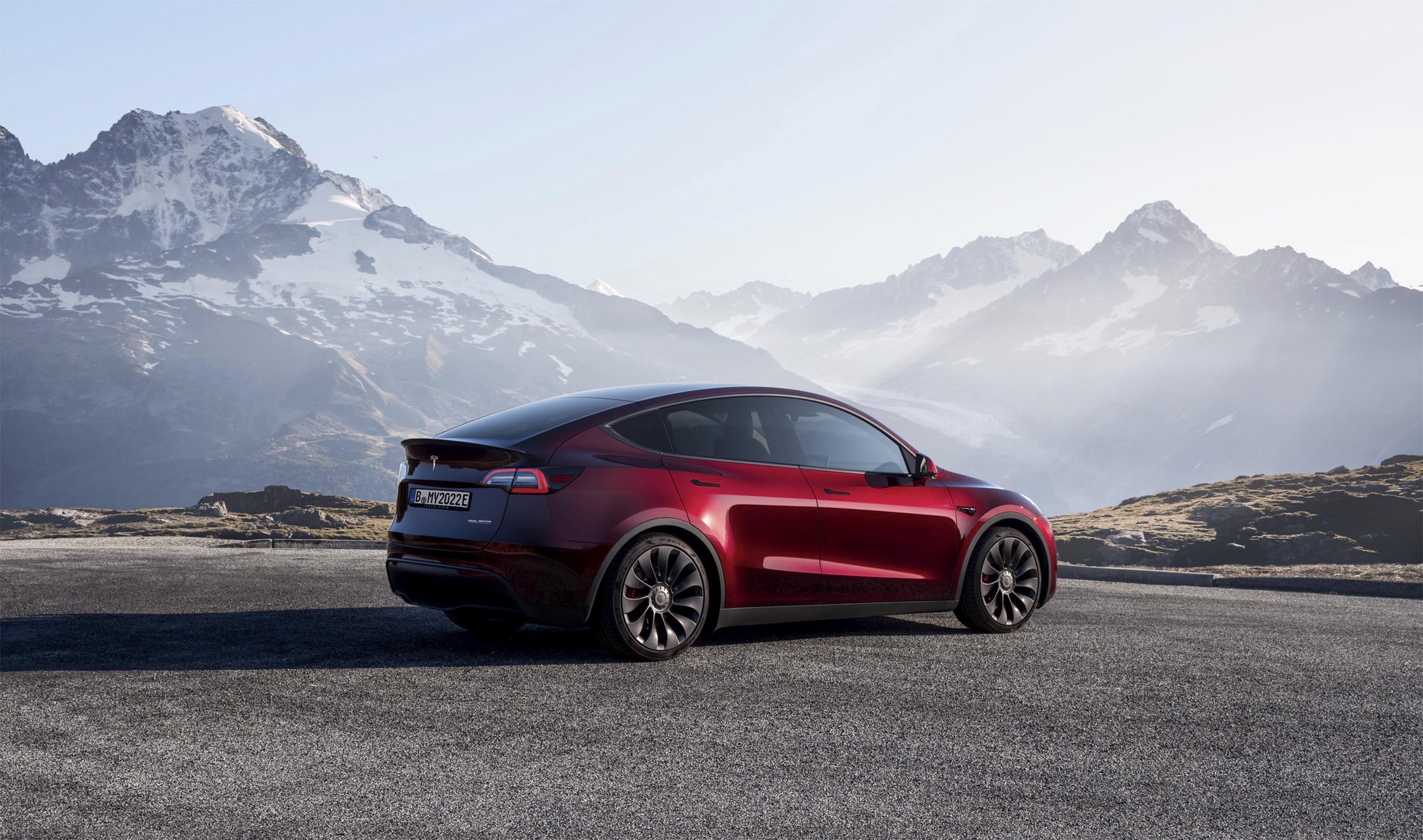

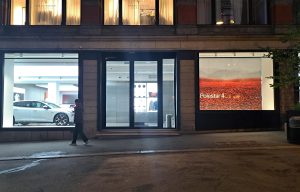

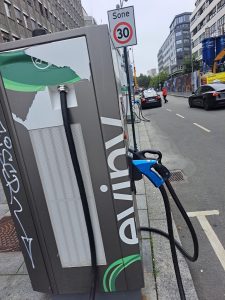
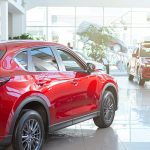
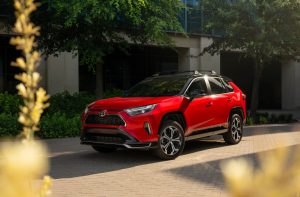

0 Comments